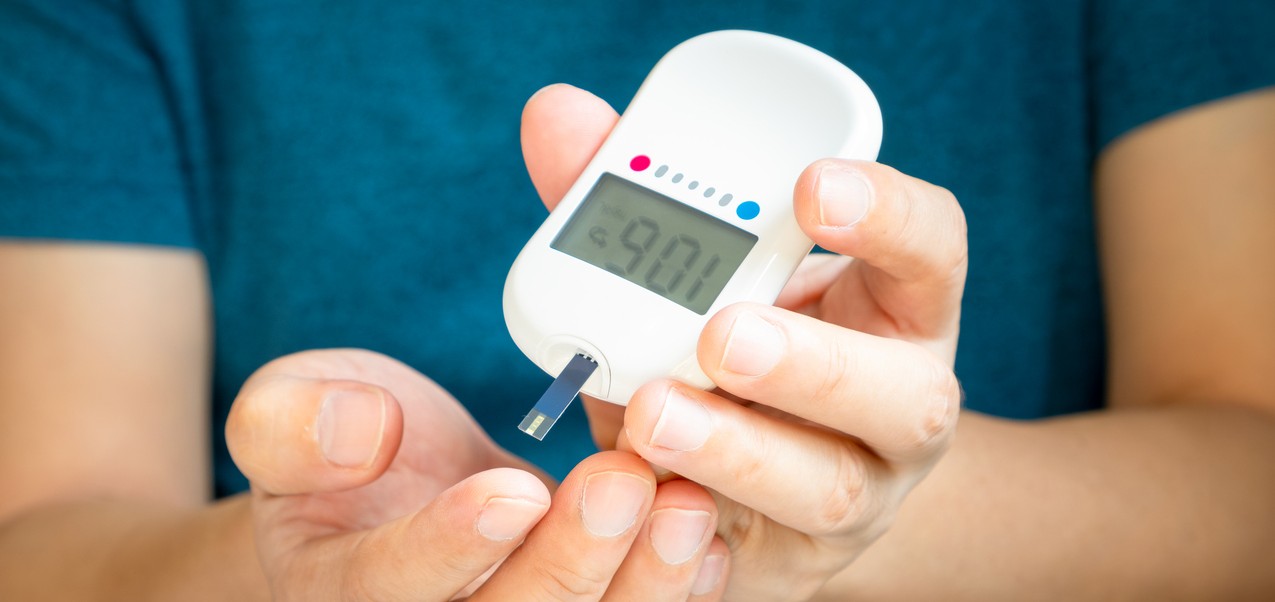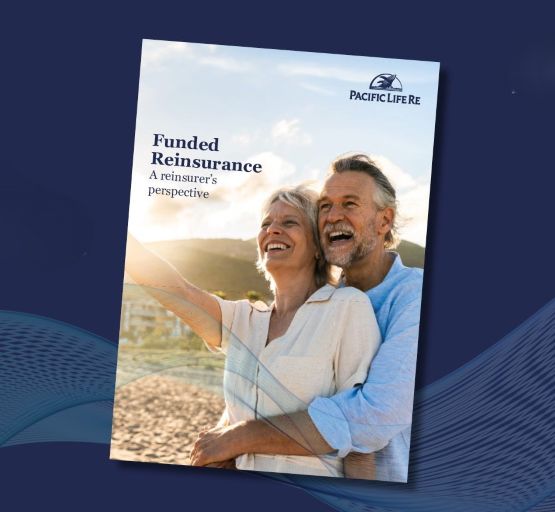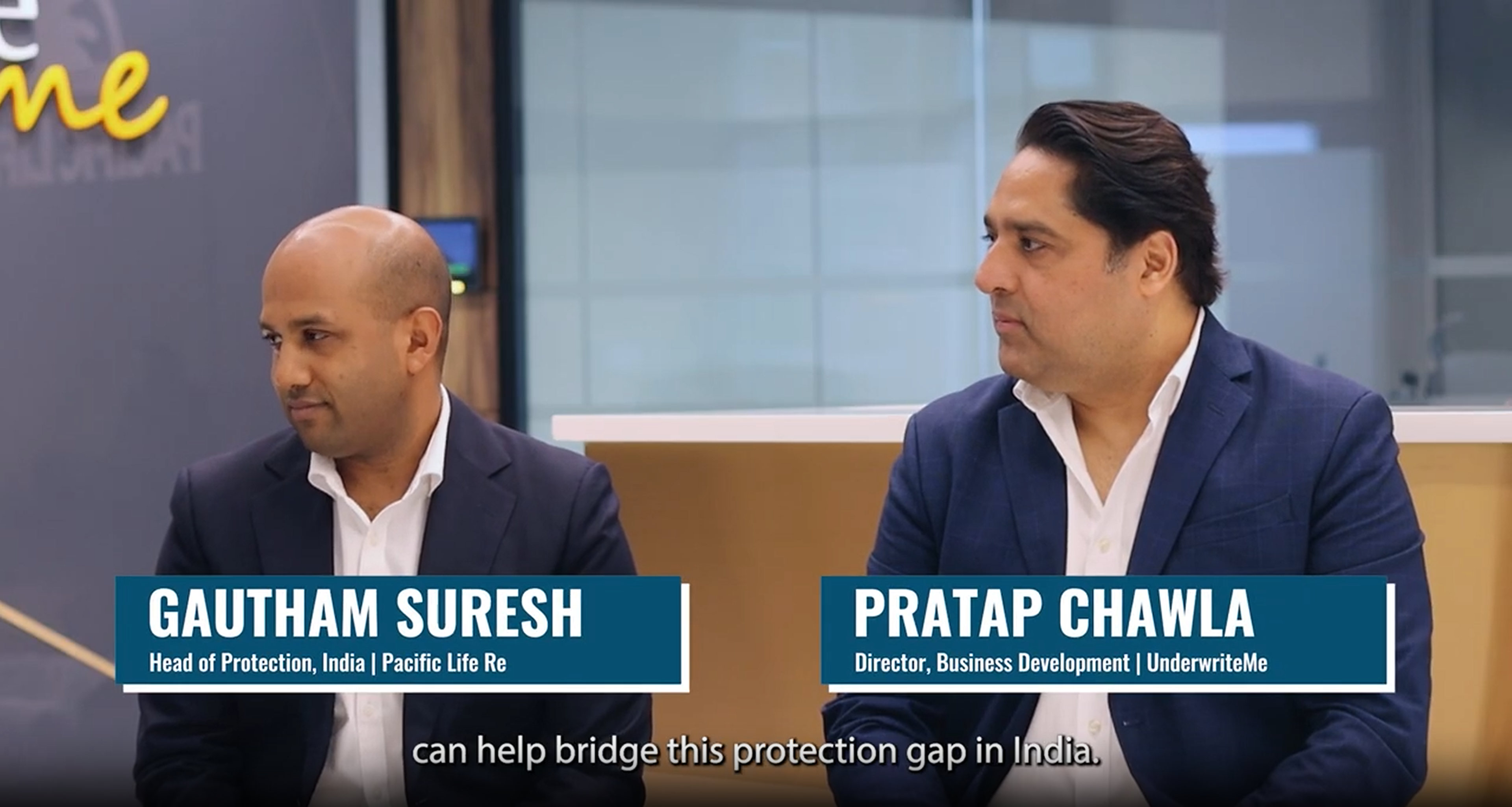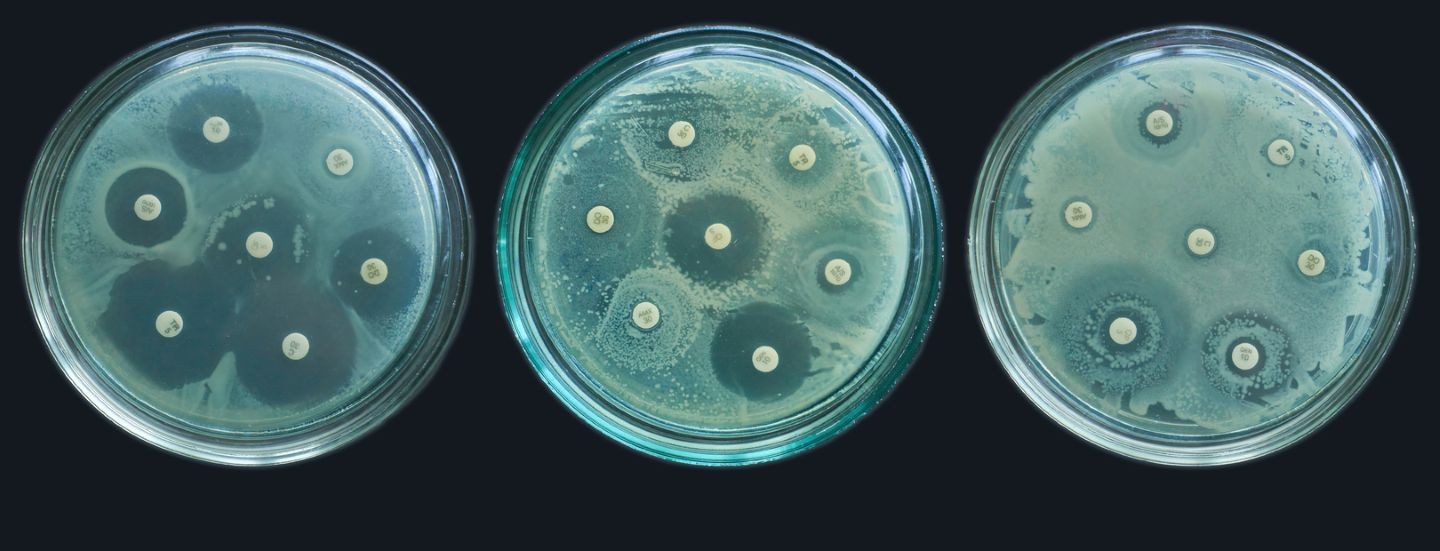Mike Wilson | 21 November 2023
The International Agency for Research on Cancer (IARC), the cancer research arm of the WHO, recently classified the common sweetener aspartame as a possible cause of cancer in humans.
The International Agency for Research on Cancer (IARC), the cancer research arm of the WHO, recently classified the common sweetener aspartame as a possible cause of cancer in humans. This work was in conjunction with the Joint Expert Committee on Food Additives. This means it could cause cancer. Aspartame is used in many food products from breakfast cereals and diet soft drinks, to some ice creams and gelatin.
However, despite the worrying headline, the threat is very small. Safety is not a major concern at doses commonly ingested. The classification assigned to aspartame is 2B, defined as ‘possibly carcinogenic to humans’. To give some idea of the company it keeps in this category, 2B also includes aloe vera, ‘carpentry and joinery’, and the use of talcum powder on the perineum, alongside a long list of chemicals.1
The classification is assigned, somewhat counterintuitively, based on levels of certainty that a risk exists, not on the actual level of that risk. There have been no changes to the recommended daily intake of aspartame, which equates to between 9 and 14 cans of soft drink per day for the average adult (approximately half of a standard bucket!), and even this level has a large built-in safety factor.
Overall, this development should not be a cause for concern.
And we shouldn’t all rush to the conclusion that sugar-sweeteners are safer than artificial ones, either. Interestingly, a separate recent study found that women who regularly drank soft drinks sweetened with sugar in the 1990s were at increased risk of liver cancer and other chronic liver diseases 20 years later.2 This relationship only existed when comparing people who drank these drinks daily against those who very rarely consumed them, and in any event the study is not powered to say whether the sugar was the cause of the later disease.
These are both interesting studies, and it is important to study links between common food additives and health. However, it is important not to exaggerate the results. Neither of these studies should cause much concern for people who take either artificial- or sugar-sweeteners in moderation.
Pacific Life Re Limited (No. 825110) is registered in England and Wales and has its registered office at Tower Bridge House, St Katharine’s Way, London, E1W 1BA. Pacific Life Re Limited is authorised and regulated by the Financial Conduct Authority and Prudential Regulatory Authority in the United Kingdom (Reference Number 202620). The material contained in this booklet is for information purposes only. Pacific Life Re gives no assurance as to the completeness or accuracy of such material and accepts no responsibility for loss occasioned to any person acting or refraining from acting on the basis of such material.
©2024 Pacific Life Re Limited. All rights reserved.

Mike Wilson
Director, Medical Analytics












.png)
.png)





















.png)